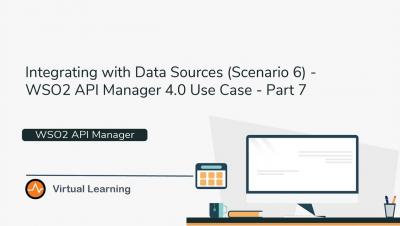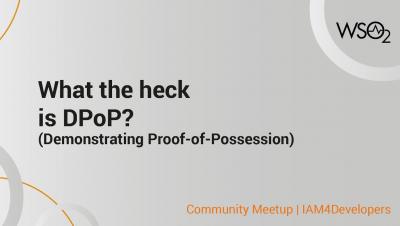Enable Tenant Configuration menu in Admin portal
WSO2 API Manager 4.1 offers a new and enhanced user interface called Advanced Configurations through Admin Portal for administrative users to easily configure feature-related central configurations. In previous WSO2 API Manager versions the same configuration, which was previously known as Tenant Configuration, was accessible through the management console using the registry. Now with the introduction of the Advanced Configuration user interface with schema validation capabilities, all the administrative tasks related to API Manager features can be done through the Admin Portal.











